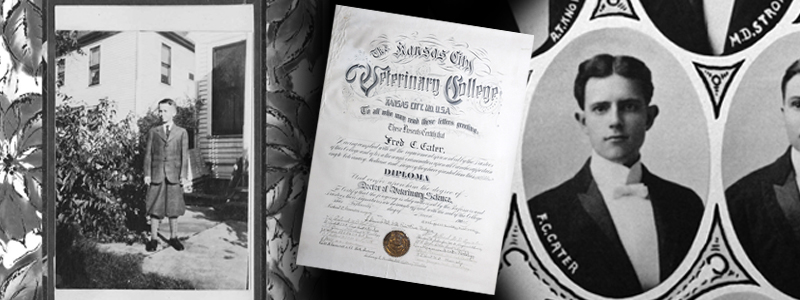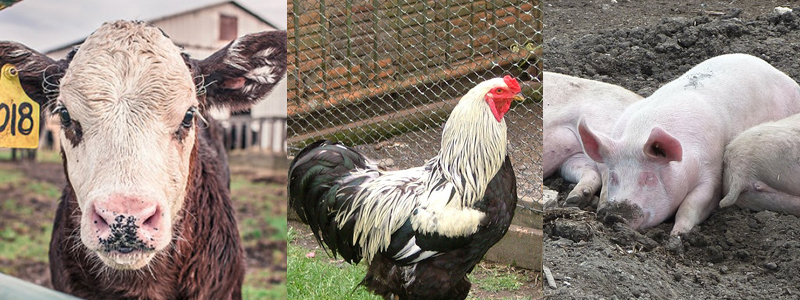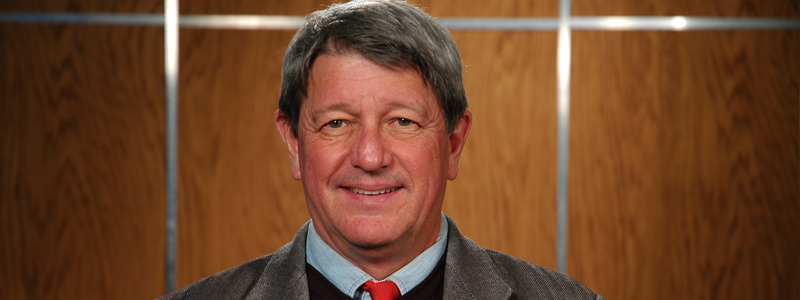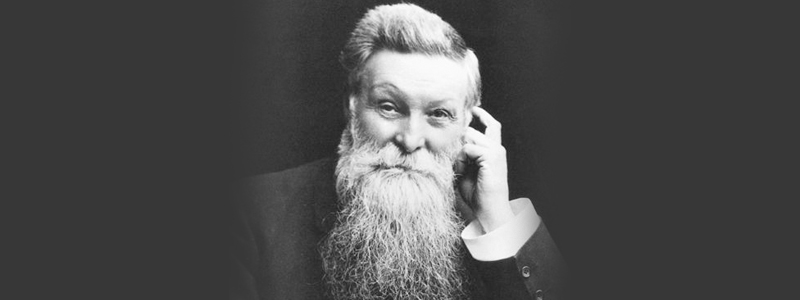As the Army Veterinary Corps marks its 100th anniversary, one metro area veterinarian is reflecting back on his career in the corps. Dr. Vern Otte of State Line Animal Hospital in Leawood started his 36-year-long Army career in the medical service corps in 1966. In 1975, after graduating from Kansas State University’s CVM, he transferred to the Army Veterinary Corps as a reserve officer. “I could run a practice and do the Army on the weekends, two weeks annual training during the year plus other times,” he recalls. “We got to do lots of medical missions to Central and South America and Africa, so it made life interesting. It also gave me different challenges that even most of the active duty corps members never experienced.”
The corps, which turns a century old on June 3, was established in 1916 by an act of Congress, but its roots go back to Civil War days and before. During the Revolutionary War, General Washington ordered the establishment of a horse regiment that included a farrier. In 1875, Congress allowed for soldiers to provide medicine and dressing for horses, and by 1879 all applicants for veterinary positions with the cavalry had to be graduates of a recognized veterinary college. Though the Air Force has veterinarians, and had its own veterinary corps from 1949 to 1979, the Army Veterinary Corps is now the only branch of its kind in the U.S. military.
Dr. Otte, who served as a reservist until 2003, says working for the Army Veterinary Corps involves much more than working with military service animals. In fact, food safety is a key component of the corps’ duties. “They’re responsible for inspecting the food on all the ships that go out as well as at Marine and Air Force facilities. The last thing you want to do is get somebody in battle or get out in the middle of the ocean and have all contaminated food,” he notes. That’s exactly what happened during the Spanish American War in 1898, when a lack of proper safety procedures led to illness that killed thousands of American troops and left even more too ill to fight. It was about this time that the Army started recruiting veterinarians to inspect meat, poultry and dairy products being sent to frontier outposts. Now, Army veterinarians inspect all sources of food available on a military post and to service members. This includes MREs, or meals ready to eat.
In addition to ensuring the health, safety and training of their service animals, Army veterinarians also work with nearby communities to improve animal health and well-being. “When I went to El Salvador, we worked with the local villagers to vaccinate and de-worm their animals,” recalls Dr. Otte. “It was a big plus for them because their animals are their livelihood.” He says the area has so many parasites, de-worming the livestock helped residents increase their production dramatically. Dr. Otte’s unit also held rabies vaccination clinics and did routine exams of area dogs and livestock. “We went to Ecuador a couple of times and worked with livestock owners to increase dairy production as well as help them set up a high-temperature/short-time pasteurization system,” he says. There were even adventures to be had on U.S. soil. “We do two weeks of annual training on active duty, and on one of them I was sent to San Antonio. I get there, and they tell me I’m going to go out and de-worm 85 horses that morning. I hadn’t de-wormed a horse but probably twice when I was in vet school, and that was at least eight years before that,” he chuckles. “That was a real learning experience, and one I got through in good shape.”
In addition to food safety and animal care, Army veterinarians also do a great deal of research. They’re involved in vaccine, antitoxin and antidote development. “Probably a fourth of the veterinarians on active duty are actively engaged in research,” says Dr. Otte. He says most have advanced degrees and board certification in pathology or lab animal medicine.
According to the U.S. Army Medical Department, there are 780 Army veterinarians serving in active duty and reserve roles. The corps includes general practitioners as well as surgeons, critical care specialists, internal medicine specialists, radiologists, behaviorists, pathologists and epidemiologists.
Dr. Otte, who started the 445th Medical Detachment in Independence, MO, in 1983, says working with the Army Veterinary Corps has been an enjoyable and memorable experience. “It was fun, it was a good break from what we do on a normal basis, and it kept the unit members interested because we’re not doing just normal routine things. You’re working on a global basis, and the challenges are completely different.”
To learn more about becoming a member of the Army Veterinary Corps, call (210) 221-8149.
For a complete list of current studies or to seek enrollment for a patient, the following resources are available:
University of Missouri:
www.vetcancertrials.org
(573) 882-7821
Kansas State University:
http://www.vet.k-state.edu/education/clinical-sciences/research/clinical_trials.html
(785) 532-5690
Blue Pearl
http://bluepearlvet.com/kansas/veterinary-community/newsletters/2015-spring/#trials
(913) 642-9563











